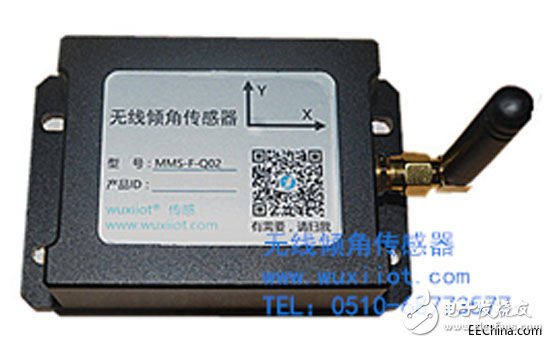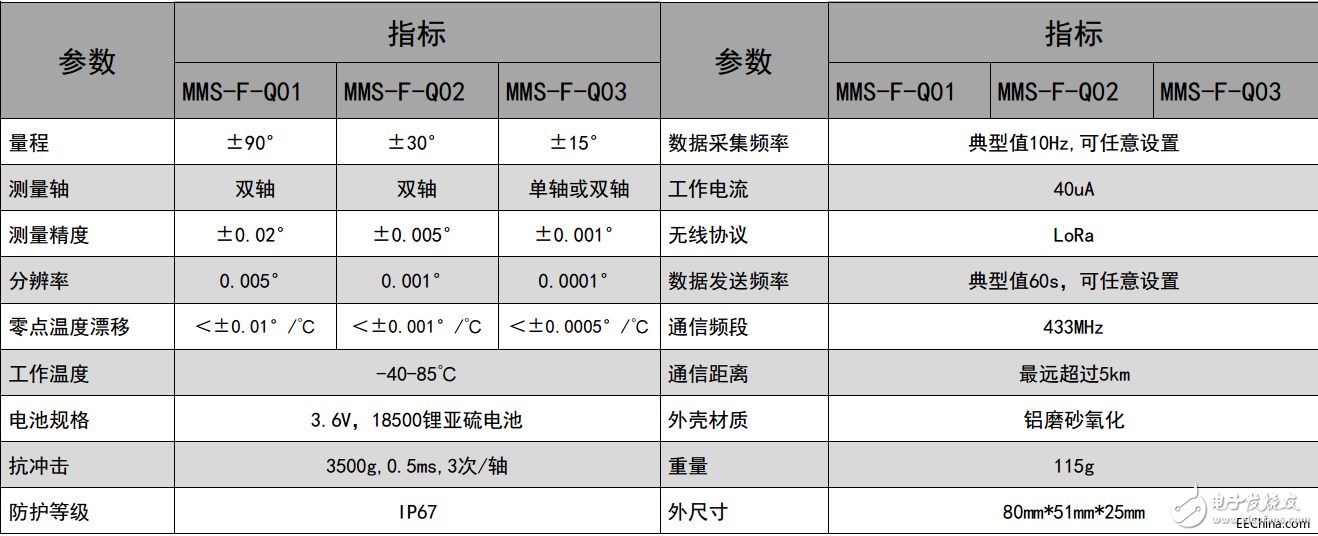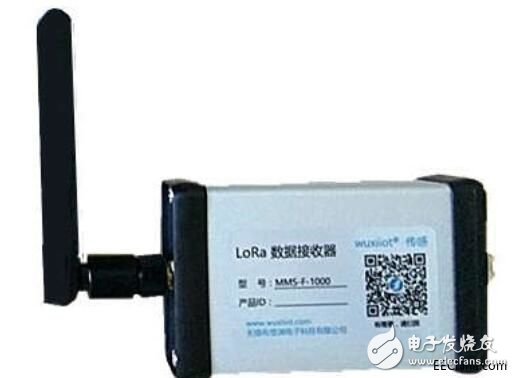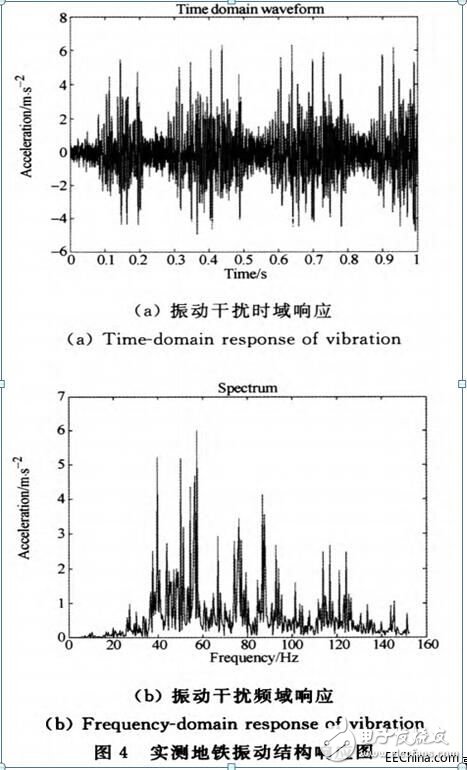1. The necessity of monitoring
At present, with the rapid development of rail transit in my country, the importance of structural health monitoring of rail transit has become increasingly prominent. Underground tunnels for rail transit are generally built in soft soil, mostly in downtown areas with complex geology and dense underground pipelines. Coupled with the urban construction and uneven settlement of the area along the subway, it will cause the deformation of the underground tunnel structure, bring safety hazards to the normal operation of the subway, and even cause settlement and displacement of the surrounding environment or buildings. When the deformation exceeds the safety range, major accidents such as collapse and permeation that endanger the safety of people and property will occur in the tunnel. Therefore, real-time monitoring of the safety status of the deformation of the underground tunnel structure becomes more and more important. Due to the various types of underground tunnel monitoring data points, the complex environment, and the scattered distribution, higher requirements are put forward for the layout of underground tunnel monitoring network and sensors. The traditional underground tunnel deformation monitoring technology can only be used for the monitoring of the tunnel construction and the non-operational period of the tunnel construction, but it cannot perform all-weather real-time monitoring of the normal operating high-density traffic section in the tunnel, nor can it analyze the collected relevant data in real time. In this way, it is impossible to fully understand the structural deformation during the operation of the underground tunnel, and cause many tunnel diseases and accidents to fail to receive timely warning. Wireless sensor networks have the characteristics of flexible layout, variable structure, and strong vitality; MEMS sensors have the advantages of small size, light weight, low power consumption, easy integration, and resistance to harsh working environments, which greatly promotes the miniaturization and intelligence of sensors , Multi-functional and networked. The combination of MEMS technology and wireless sensor network technology for structural safety and health detection has become a frontier direction in the field of civil engineering. According to the complex characteristics of the underground tunnel environment, this paper designs a wireless inclination sensor combining MEMS technology and wireless sensor network.
2. Product introduction
1. Wireless inclination sensor

The wireless inclination sensor of wuxiiot sensing uses the most advanced wireless Internet of Things technology-LORA technology, and has the characteristics of low power consumption and long-distance communication. The communication distance can reach 5km. The sensor has a built-in single/dual-channel earth gravitational tilt unit. Measure the static acceleration of gravity and convert it into a change in inclination. Thus, the tilt angle of the sensor output relative to the horizontal plane can be measured. It can output the current attitude angle in real time. The wireless inclination sensor is simple to use and is an ideal choice for angle physical quantity detection and monitoring. It has strong resistance to external electromagnetic interference and can adapt to long-term work in harsh industrial environments.
Features
â— Ultra-low power consumption, service life> 10 years @ collect and send a set of data per hour
â— Long-distance communication, the distance between adjacent communication nodes can reach more than 5km
â— Wireless ad hoc network function, the sensor can automatically complete the network with the LORA data receiver, and the network connection rate is high
â— Small size, light weight, easy to install
Product parameter

2. LoRa data receiver

The MMS-F-1000 LoRa data receiver of wuxiiot sensing can provide network routing for various LoRa wireless sensors, receive data sent by all sensors within the network range, and at the same time package the received data and transmit it to the background through the USB interface. Demodulation software, MMS-F-1000 LoRa data receiver adopts USB power supply, which is easy to use, with laptop and demodulation software, very suitable for temporary data acquisition and analysis on the project site.
Features
â— Long-distance communication, the network coverage radius can reach more than 5km
â— Automatic networking without on-site configuration
â— Small size, light weight, easy to use
Product parameter

Three, product application
The wireless inclination sensor is battery-powered, and the MEMS wireless inclination sensor is installed on the tube segment of the shield tunnel lining ring, including the top block, the adjacent block, the standard block, the bottom block and the longitudinal direction formed by the circular screw connection between the blocks. Different parts such as joints; real-time measurement of the inclination angle of each part of the tunnel segment, and the actual deformation of the segment through combination calculation, to achieve accurate and effective real-time monitoring of tunnel structure changes. The application diagram is shown in Figure (c).

Four, environmental interference analysis
The underground tunnel environment is complex, and there are two main factors: temperature disturbance and vibration interference will affect the measurement accuracy of the inclination sensor, and affect the accuracy of the measurement angle.
4.I temperature interference
The underground tunnel of the subway system is a complex three-dimensional network composed of stations, tunnels and ventilation shafts. The air circulation status will cause temperature changes at different nodes of the underground tunnel. The absorption and conduction of heat by the soil layer of the tunnel will also affect the distribution of the temperature field. Therefore, the underground tunnel is a complex temperature gradient field, and temperature changes will have a certain impact on the accuracy of the sensor.
SCAl00T is a static acceleration tilt sensor. The angle between gravity and the acceleration sensitive axis of the sensor is the tilt angle, and the tilt angle conversion model is
In the formula: a is the tilt angle, Uout is the output voltage of SCA100T, V0 is the output voltage of the sensor when the angle is 0°, and S is the sensitivity of the chip. Since temperature changes will cause the output voltage to shift, taking into account the real-time changes in the temperature difference of the underground tunnel, it is necessary to extract the temperature information in the tunnel to compensate for the offset voltage of the inclination sensor, so as to reduce the influence of temperature interference on the accuracy of the sensor.
4.2 Vibration interference
The vibration and noise in the underground tunnel environment mainly originate from the vibration generated during the driving of the locomotive. The literature points out that the frequency of vibration noise generated by the current subway is generally 20-200 Hz, and the peak value generally appears at 20-80HZ.
The vibration signal was detected at Changji East Road Station of Shanghai Metro Line 11. The vibration signal was sampled by an acceleration sensor. The sampling frequency was 5 kHz and the number of sampling points was 32678. The time-domain curve of the measured subway vibration signal is shown in Figure 4(a) As shown, the frequency domain curve is obtained by Matlab using FFT transformation, as shown in Figure 4(b).
It can be seen from Figure (4) that the frequency of subway vibration and noise is mainly concentrated in 20---160Hz, and the components in other frequency bands are very small. The noise amplitude generated by subway vibration on the tunnel structure is generally about 0.029. Because SCAl00T has a very high resolution, it can identify micro-acceleration signals of about 40ug, and it is easy to be interfered by subway vibration and noise during the inclination measurement process. Therefore, it is necessary to select a suitable digital filtering algorithm for the controller to eliminate the influence of subway vibration and noise on the accuracy of the sensor.

V. Conclusion
In order to realize real-time deformation monitoring and timely feedback analysis of data in underground tunnels of rail transit, a high-precision wireless inclination sensor is designed combining MEMS technology and wireless sensor network technology to analyze the impact of various environmental parameters on the accuracy of the sensor. Sensor data noise spectrum analysis, software filtering method is selected to fully suppress the impact of vibration on the sensor, and further improve the measurement accuracy of the wireless inclination sensor. The experimental results prove that the measurement accuracy of the wireless inclination sensor within ±30° is 0.05°, which meets the functional requirements of underground tunnel deformation detection.
Electronic Cigarette Vape Pen,Electronic Cigarette And Vape Pen,Disposable Vape Electronic Cigarette Vape Pen,An E-Cigarette Vape Pen
Lensen Electronics Co., Ltd , https://www.lensenvape.com
